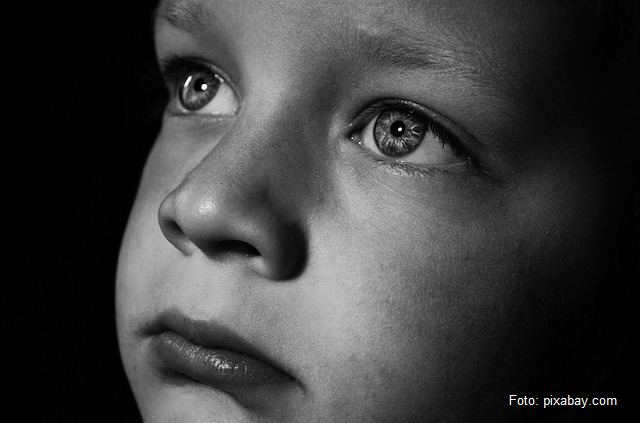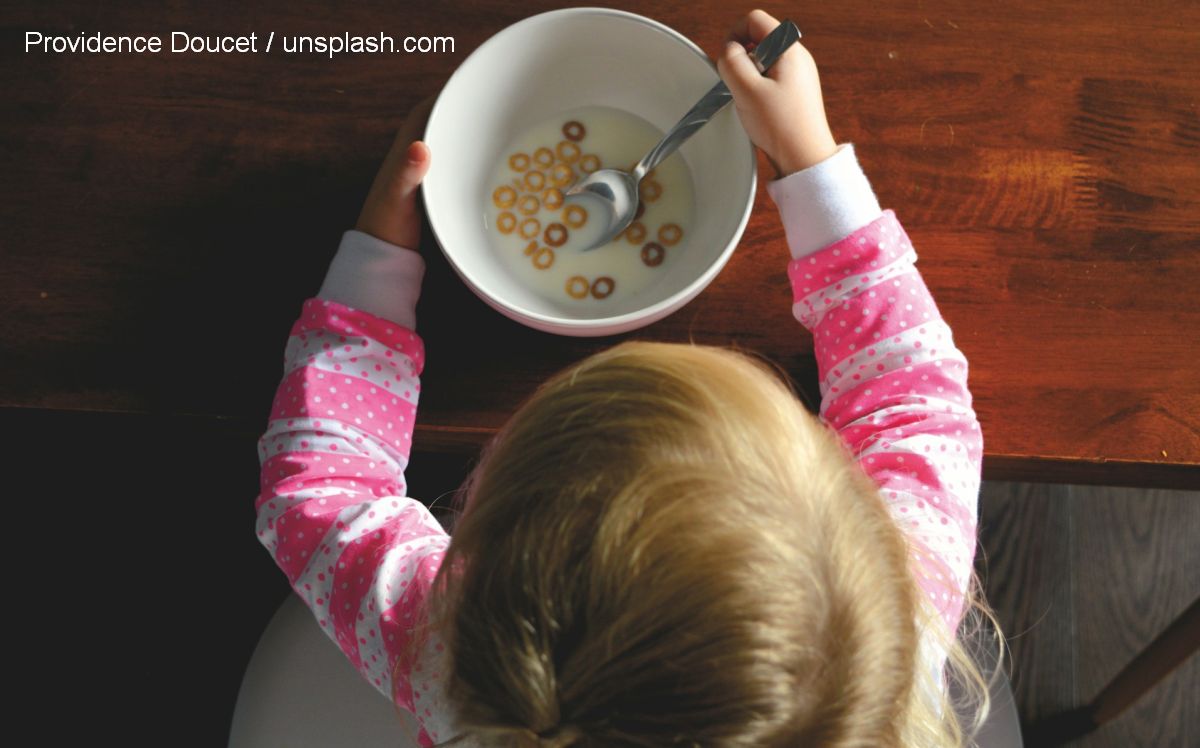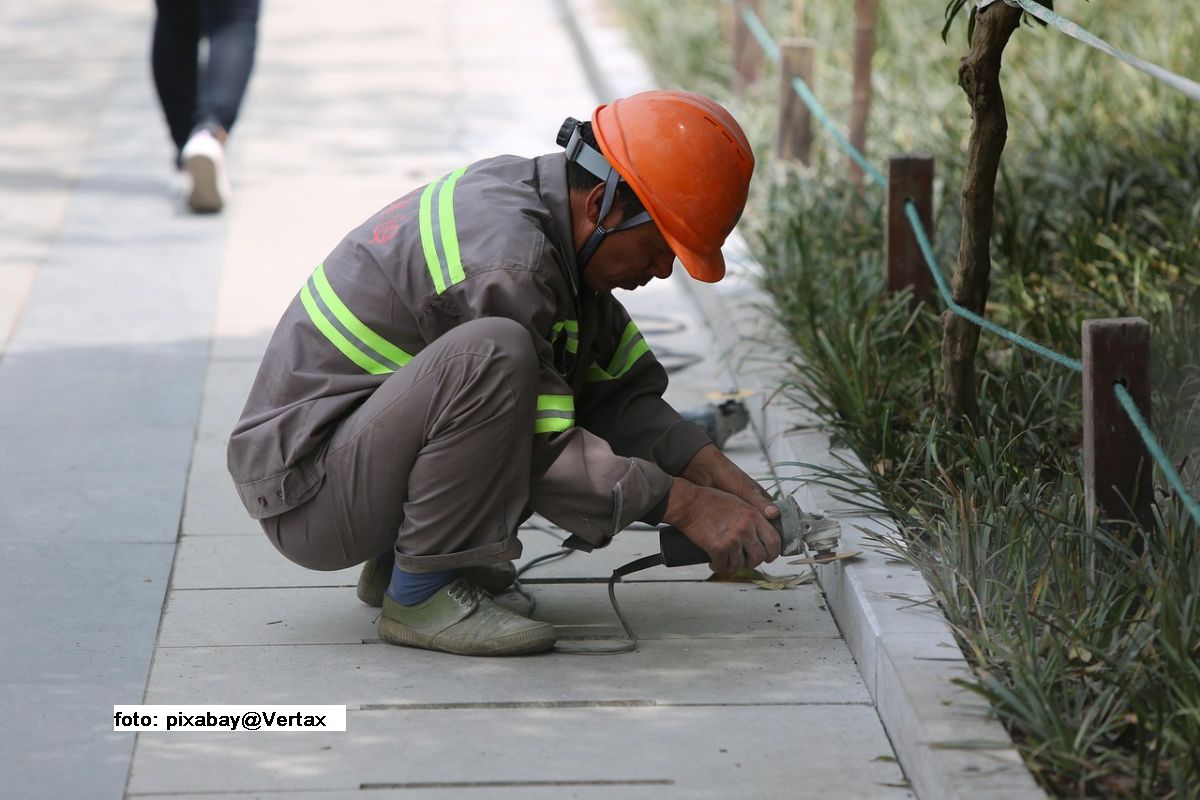On Child Abuse
In spite of the difficulty of collecting data during the pandemic, the Save the Children Foundation managed to finalize their research on abuse against minors

Christine Leșcu, 22.12.2021, 13:49
In spite of the difficulty of collecting data during the pandemic, the Save the Children Foundation managed to finalize their research on abuse against minors, with data collected from both parents and children. As expected, both adults and minors have a different take on the issues. For instance, data collected from minors indicates a higher incidence of physical correction within the family, 46%, as opposed to what parents admit to, 28%. At the same time, there are significant differences between figures collected in 2001 and 2013. Sociologist Ciprian Gradinaru is here with details:
“We see a small drop in the incidence of verbal abuse, which remains fairly high. As for physical abuse, there are a few elements worth mentioning. Spanking without bodily traces dropped in three waves, from about 85% in 2001 to 46% in 2021, which is still a high rate. This is based on children’s opinions or responds. At the same time, we see a worrying trend, which is that physical beatings are not on a downward trend in 2021, in fact they occur slightly more often than in 2013. The same trend applies to emotional abuse and threats. Child neglect, exploitation, and sexual abuse evolved at about the same rate. According to child polling, what is dropping is light abuse, physically speaking. However, most probably, what is on the rise is the recognition of the phenomenon. Parents seem to gain recognition of the fact that castigating or yelling at children is not a good thing. If we look at 2013, the percentages were much lower. Taking into consideration the responses related to the behavior of teachers, we see that the trend is descending clearly, from 30% in 2001 to 5% in 2021. At the same time, emotional abuse and chiding is still at high levels.
We asked sociologist Ciprian Gradinaru what emotional abuse is, by categories:
“Regular emotional abuse, such as bad language or insults, rates at about 12%. About 90% of children say that they are verbally corrected by parents. Half of children say that they regularly witness fights between parents, and that can be another form of emotional abuse. Almost two out of ten children say that they are not allowed by their parents to meet other children to play. Similar percentages of children say that one of their parents drinks too much. A more severe form of abuse is withholding food. Looking further into abuse, we see that almost one in three children does not have enough food, or doesn’t get home cooked meals. More than two out of ten children say they don’t see a doctor when they are sick, that they are left to mind their smaller brothers and sisters overnight, or are left alone at home for days on end. These are mostly socio-economic factors, rather than behavior or educational options on the part of the parents.
At the same time, sexual abuse report percentages are still worrying. Around 3% of parents report such abuse, with about two thirds reporting an unknown person as the perpetrator, and about 2.9% of teenagers reporting that they were forced to have sexual relations against their will. However, experts believe that this may be a case of under-reporting. Ciprian Gradinaru told us about it:
“Around two to three out of ten children witnessed sexual imagery on the Internet or on television. Considering the embarrassment associated with this, the percentages are surely higher. This is just the tip of the iceberg. In real life, about 7% of child respondents say that they saw real life adults in sexual situations. They report that they have been sent videos or images that show nudes or sexual instances. This percentage shows no trend of going downwards.
We asked what schools do in order to reduce abuse, or to prevent is. The answer should lie with school councilors, who are few and far between, and very busy. One such councilor, Aura Stanculescu, told us about it:
“We are interested in preventing behavior that will be hard to dismantle later, in order to build better. Which is why we are holding a lot of activities in terms of communication for children. Teaching them to communicate selectively, to identify areas of discomfort, identify what causes them discomfort, and teaching them to verbalize this, directing them towards people who can rectify the situation. A child who tells us what ails them is a child who knows how to defend themselves. We are bent on having these children not remain victims, because later we will have unhappy adults who are potential abusers. We want to have a healthy environment in schools.
However, in order to have a healthy environment in schools, societal changes are needed, which still perpetuate a ‘spare the rod’ mentality.






























